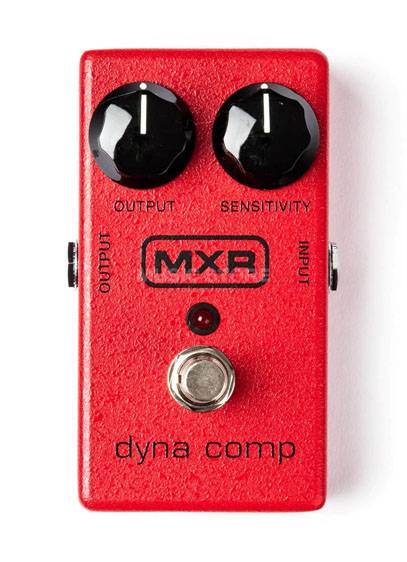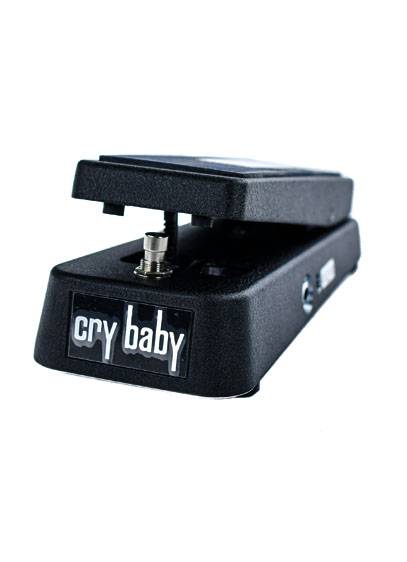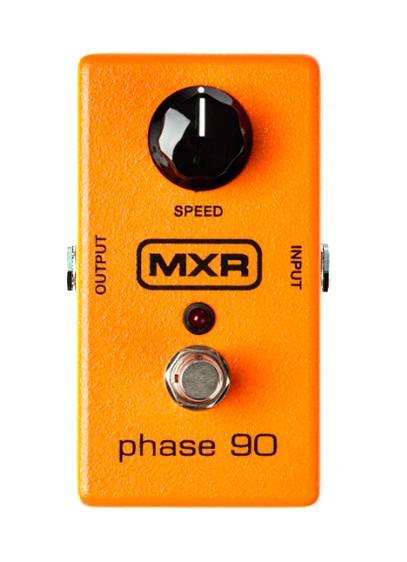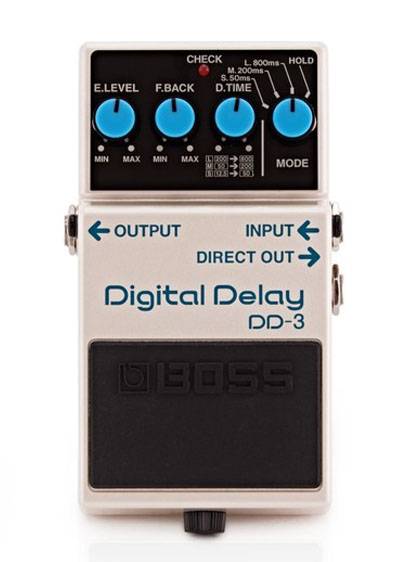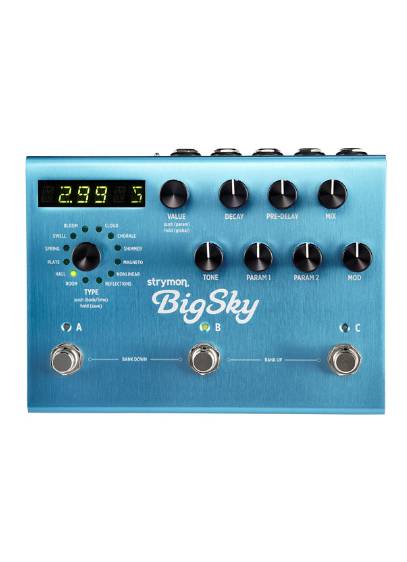Re-create the Epic Guitar Tone of Eric Clapton
Re-create the Epic Guitar Tone of Eric Clapton
To recreate the epic guitar tone of Eric Clapton, you’ll need a selection of pedals, an amplifier, microphone, and cabinet combination that can capture his iconic sound. Here’s a suggested selection of pedals, signal path, amplifier, mics, and cabinet rigs for achieving a Clapton-like tone:
1. Compressor
2. Overdrive
Ibanez Tube Screamer: Clapton is famous for his bluesy overdrive tones, and the Tube Screamer can provide that creamy, mid-boosted sound. Set the drive to moderate levels to get that classic Clapton crunch.
3. Wah
4. Modulation
4. Delay
4. Reverb
Amplificadores e Gabinetes
Fender Twin Reverb or Marshall Bluesbreaker:
Clapton has used both Fender and Marshall amps throughout his career. The Fender Twin Reverb and Marshall Bluesbreaker are excellent choices that can deliver the clean headroom and warm breakup tones associated with Clapton’s sound.
Colunas / Gabinets
Pair your chosen amplifier with a suitable cabinet. For Fender-style tones, a Fender 2×12″ cabinet can provide clarity and a balanced response. For Marshall-style tones, a Marshall 4×12″ cabinet can deliver the punch and power that Clapton often sought.
Remember that Clapton’s tone evolved over the years, so don’t hesitate to experiment and adjust the settings to achieve the specific era or album sound you’re aiming for.
Clapton’s playing technique and feel are also important factors in capturing his tone, so be sure to incorporate your own interpretation and style as well.
